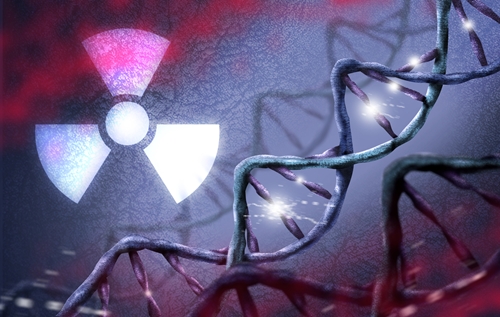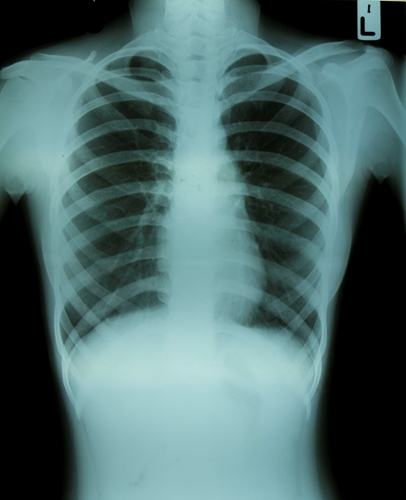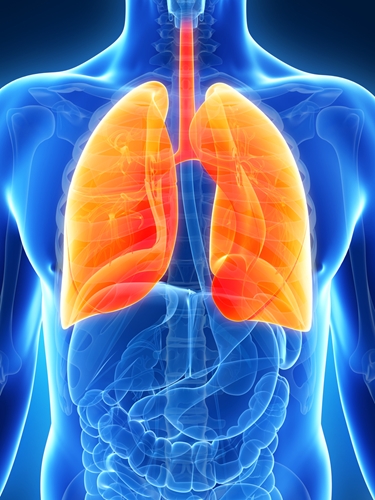Managing radiation exposure has been one of the most important aspects of improving quality of care in medical imaging. It would increase patient and physician safety by properly controlling the dosages administered to individuals who are undergoing exams, such as CT scans and chest X-rays.
With the help of health information technology, radiologists could facilitate radiation management and protect their patients from any potential side effects that could be harmful. Researchers from the University of Texas Southwestern Medical Center in Dallas, led by Georgios Christopoulous, M.D, developed a monitoring system that provides real-time management of radiation during procedures, FierceMedicalImaging reported.
The findings, presented at a meeting of the Society for Cardiovascular Angiography and Interventions, revealed the device created by the scientists reduced radiation exposure during cardiac catheterization procedures by 29 to 36 percent. This is integral for interventional cardiologists and other individuals who may be present during the treatments, especially patients.
Traditionally, silent dosimeter devices are used to monitor radiation exposure, but the results can take months to be compiled and reported on. Following procedures, physicians undergo these exams to measure the levels of radiation they endured in the clinical environment. Yet without real-time statistics, the data is outdated and inaccurate, which can lead to health problems down the road. Instead, the device from the Southwestern Medical Center provides real-time insights to encourage immediate reactions that can limit exposure.
Christopoulous and his team of doctors randomly chose 505 patients undergoing left cardiac catheterization procedures to be a part of their study. The researchers found that use of the device resulted in a significant reduction in radiation exposures to the clinical operators. Because there was a marked decrease from the device’s usage, there is considerable potential for additional benefits in minimizing patient exposure, as well.
Low radiation safety knowledge in residents
While the Southwestern Medical Center’s device has proven to be effective in the clinical environment, the findings might be nullified if health care professionals have limited knowledge of radiation safety, AuntMinnie.com reported. Published in the journal Academic Radiology, survey results from the Emory University and Children’s Hospital in Atlanta showed that radiology residents were slightly more informed than other clinical staff on matters pertaining to radiation exposure.
“We need more education both for radiologists and nonradiologists, but probably radiology residents need to know it better,” said study co-author Gelareh Sadigh, M.D., quoted by AuntMinnie.com.
Led by Sadigh, the researchers discovered that only 60 percent of residents knew that fluoroscopy could cause skin burns, while 97 percent of diagnostic radiology residents understood the link. Additionally, 51 percent of residents – and 48 percent of DR residents – correctly estimated that a single abdominal CT scan dose is equal to roughly 100 chest X-rays.
It is evident that more education is needed to ensure that medical staff understand the associated ramifications of radiation exposure. By including this information in their curriculum, leaders can experience large gains in radiation safety knowledge among their residents and guarantee a better future in the world of health care.
Contact Viztek for more information.
Ronny Bachrach
Latest posts by Ronny Bachrach (see all)
- Konica Minolta Debuts First-of-Its-Kind Digital U-Arm System at AHRA - July 27, 2016
- Researchers Detect Signs Of Stroke Risk Using MRI - June 27, 2016
- Imaging Biz: Q&A with David S. Channin MD: How to Make PACS Patient Centered - June 22, 2016









